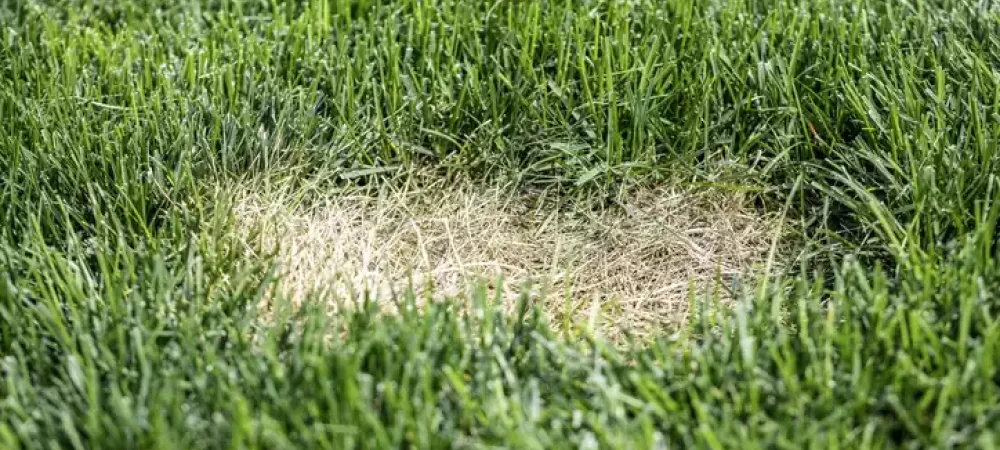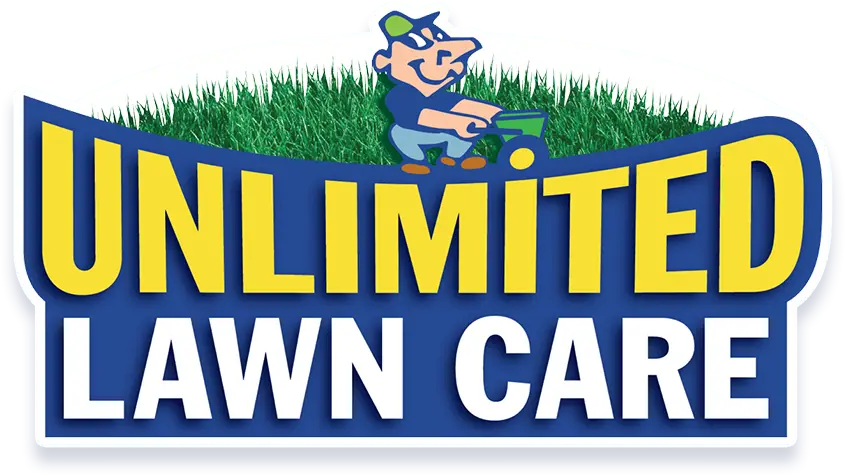How to Identify and Treat Dollar Spot Fungus in Your Lawn

Lawn diseases are more common than most homeowners think—and they can spread fast if left unchecked. From bare spots to discolored turf, these conditions often appear during the warm months and worsen without proper care.
One of the most frequent fungal issues in East Central Georgia is dollar spot fungus, a lawn disease that thrives in local conditions. It’s most active from spring through fall, when humidity, morning dew, and mild temperatures create the perfect storm for outbreaks. If caught early, dollar spot is manageable—but knowing the signs is key.
What is Dollar Spot Fungus?
Dollar spot is a turfgrass disease caused by the fungus Clarireedia jacksonii. It typically emerges in lawns that are stressed, poorly fertilized, or exposed to extended moisture.
Common causes of Dollar Spot Fungus include:
- Low nitrogen levels in the soil.
- Stress from drought, scalping, or compacted roots.
- Warm days (60–85°F) with cool nights and heavy dew.
- Excess thatch or compacted soil limiting airflow.
It tends to affect bermudagrass, fescue, zoysia, and bluegrass—all commonly found across East Central Georgia.
What Does Dollar Spot Fungus Look Like in Lawns?
Recognizing dollar spot early helps limit its spread. Here’s what to look out for:
- Tan or straw-colored circles about 2–6 inches wide.
- Affected blades often have “bleached” lesions with reddish-brown edges.
- In the early morning, you may see fine, cobweb-like mycelium on damp grass.
These symptoms differ from other lawn diseases. For example, brown patch causes wider, less uniform spots with a smoke-ring effect, while pythium appears greasy or water-soaked and spreads fast in soggy conditions.
How To Confirm You Have Dollar Spot
Effectively treating dollar spot fungus starts with combining good lawn care habits, the right nutrition, and targeted treatments. Here’s how to tackle the problem from all angles:
If you're unsure, it's best to contact a professional. Unlimited Lawn Care™ can accurately diagnose lawn diseases, using field expertise and lawn history to confirm the presence of dollar spot.
How to Get Rid of Dollar Spot in Your Lawn
Effectively treating dollar spot fungus starts with combining good lawn care habits, the right nutrition, and targeted treatments. Here’s how to tackle the problem from all angles:
Cultural Controls
The foundation of dollar spot management is healthy lawn care practices that reduce disease pressure and promote strong turf.
- Mow at the correct height based on your grass type.
- Improve airflow by thinning dense vegetation and reducing thatch buildup.
- Water deeply and infrequently—ideally in the early morning.
- Aerate compacted soil to improve root growth and drainage.
These steps help your lawn recover naturally by reducing moisture on leaf surfaces and minimizing stress conditions that invite fungal growth.
Fertilization
Dollar spot thrives in nitrogen-deficient lawns, so correcting nutrient imbalances is key to both treatment and prevention.
- Maintain proper nitrogen levels to help turf outgrow the disease.
- A well-timed fertilizer application can restore color and strengthen resilience.
- Avoid excessive fertilization in heat, which can lead to other turf stressors.
With the right feeding schedule, your lawn will grow more vigorously and naturally resist fungal intrusion.
Fungicide Treatments
In cases where cultural and nutritional steps aren’t enough, fungicide applications can help stop the spread and clear existing infection.
- Use fungicides specifically labeled for dollar spot.
- Rotate active ingredients to prevent resistance.
- For severe or recurring infections, professional fungicide treatments are the most effective option—Unlimited Lawn Care™ provides customized solutions based on lawn condition and seasonal timing.
Fungicides work best as part of a broader turf health strategy, especially when applied at the correct time of year and combined with strong lawn care fundamentals.
Will Dollar Spot Go Away On Its Own?
In mild cases, yes—healthy turf can often outgrow light infections, especially when supported by proper mowing and fertilization.
However, ignoring dollar spot can:
- Allow it to spread across large areas.
- Lead to permanent thinning or discoloration.
- Increase susceptibility to future diseases.
Addressing it early protects both appearance and long-term turf health.
How to Prevent Dollar Spot Fungus
For East Central Georgia lawns, staying proactive during the spring through fall season is key. Preventive fungicide applications and regular monitoring help stop outbreaks before they start. For ongoing maintenance tips, follow these tips:
- Mow regularly and at the right height.
- Aerate annually to relieve compaction.
- Water in the early morning and avoid shallow, frequent watering.
- Apply nitrogen-based fertilizer according to your lawn’s needs.
When to Call a Professional
While early-stage dollar spot can sometimes be managed with cultural practices and proper fertilization, not every case will respond to DIY solutions. If the disease keeps returning or spreads despite your efforts, it may be time to bring in expert help.
- Symptoms continue even after adjusting mowing, watering, and feeding routines.
- The disease recurs each season or affects large areas of the lawn.
- You want a customized treatment plan designed around your specific turf type and lawn conditions.
Unlimited Lawn Care™ has decades of experience treating turf diseases across East Central Georgia. Our technicians are trained to accurately diagnose lawn problems, select the right fungicide strategy, and ensure your grass gets the consistent care it needs to recover fully—and stay healthy long term.
Conclusion
Dollar spot fungus may start small, but it can quickly turn into a widespread issue that weakens your lawn’s health and appearance. Recognizing the symptoms early—like small tan spots, mycelium in the morning, or reddish-bordered lesions—can make all the difference in stopping the disease before it spreads.
Effective treatment starts with the basics: mowing at the proper height, watering deeply and early in the day, and maintaining nitrogen-rich soil. When needed, fungicide applications can provide fast and reliable relief—especially when applied by professionals who know how to manage turf disease in Georgia’s unique growing conditions.
Whether you're dealing with a first-time outbreak or a lawn that just won’t bounce back, the key is staying proactive. Unlimited Lawn Care™ is here to help with expert diagnosis, seasonal treatment plans, and long-term prevention strategies tailored to your lawn. Contact us today for a professional inspection and let us help your lawn stay green, healthy, and fungus-free.
